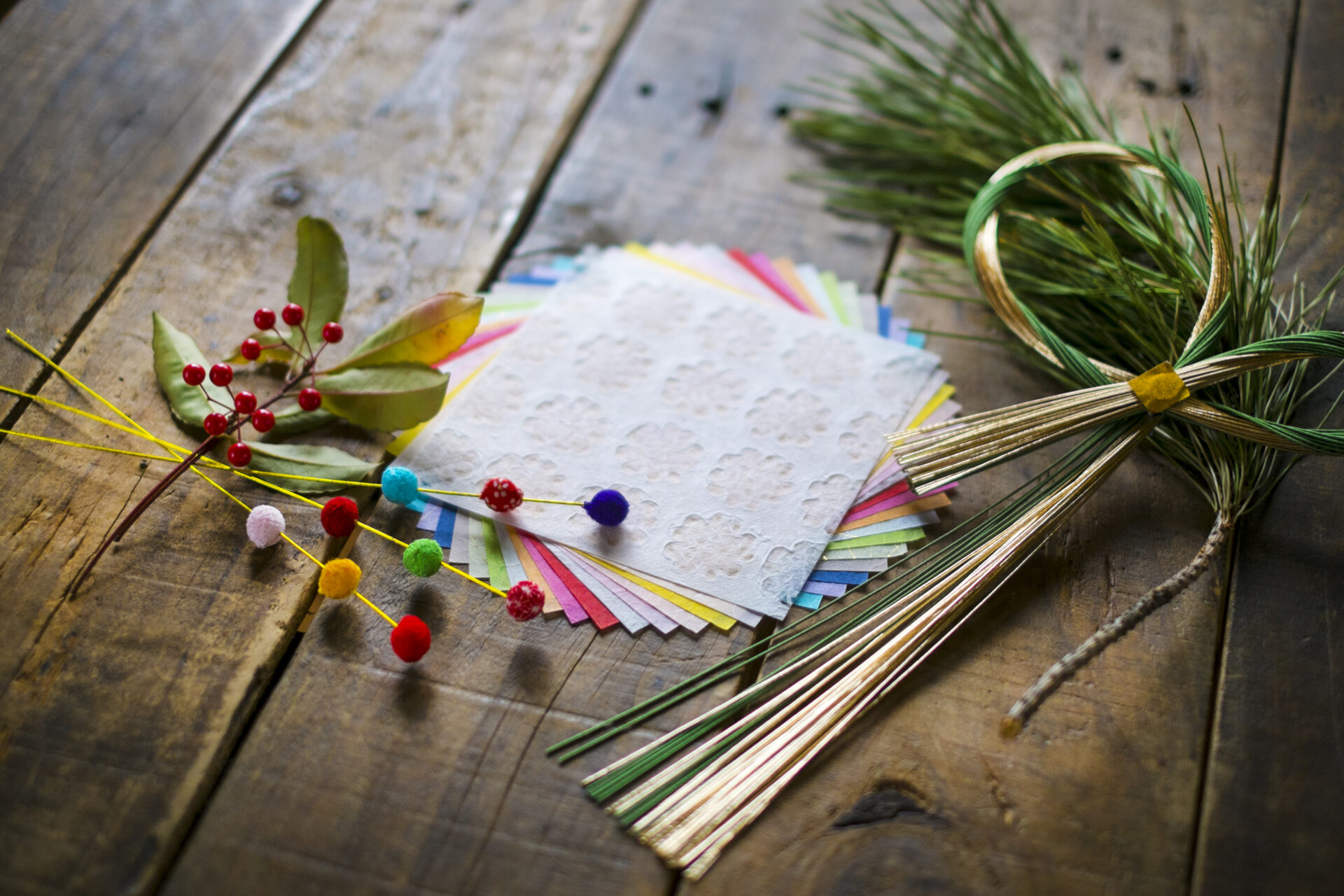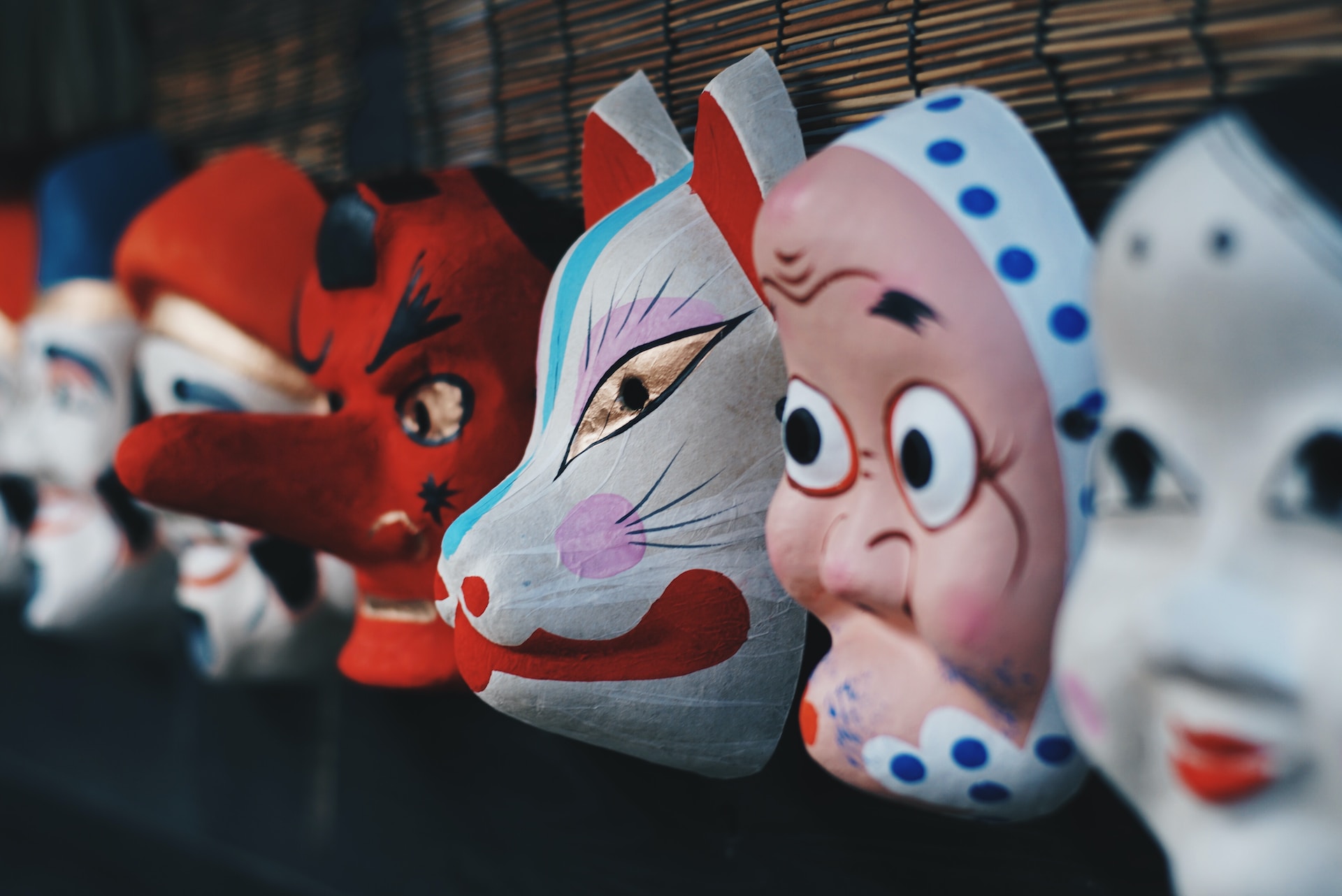
Bryce was born in California, but raised from the age of 3 near Seattle, Washington. He’s been living in Tokyo for about 8 years, and graduated from Temple University, Japan with degrees in economics and international business. He loves traveling of course, but also cooking, snowboarding, some video games as well. His biggest interest is songwriting/music production, more specifically electronic music (think Skrillex, Marshmello, Deadmau5, etc.), officially released under his name, Bryce Crowe. He also has terrible humor as you’ll notice, but he hopes you’ll enjoy it!
This post may contain some affiliate links. When you click through and make a purchase we may receive some commission, at no extra cost to you.
Japan is a nation known for its unique traditions and cultures as well as its incredible products, each one just as meticulous and intricately refined as the last! A great example of these qualities is the creation of Washi paper, which has been an integral part of Japanese culture for centuries; at least as far back as the 7th century. This delicate yet sturdy paper is made using a variety of traditional methods that have continuously been perfected, and its use extends from the creation of art to everyday objects. Read along to begin exploring the fascinating world of Japanese Washi paper, from its history to how it’s made, and its uses.
What is Washi?
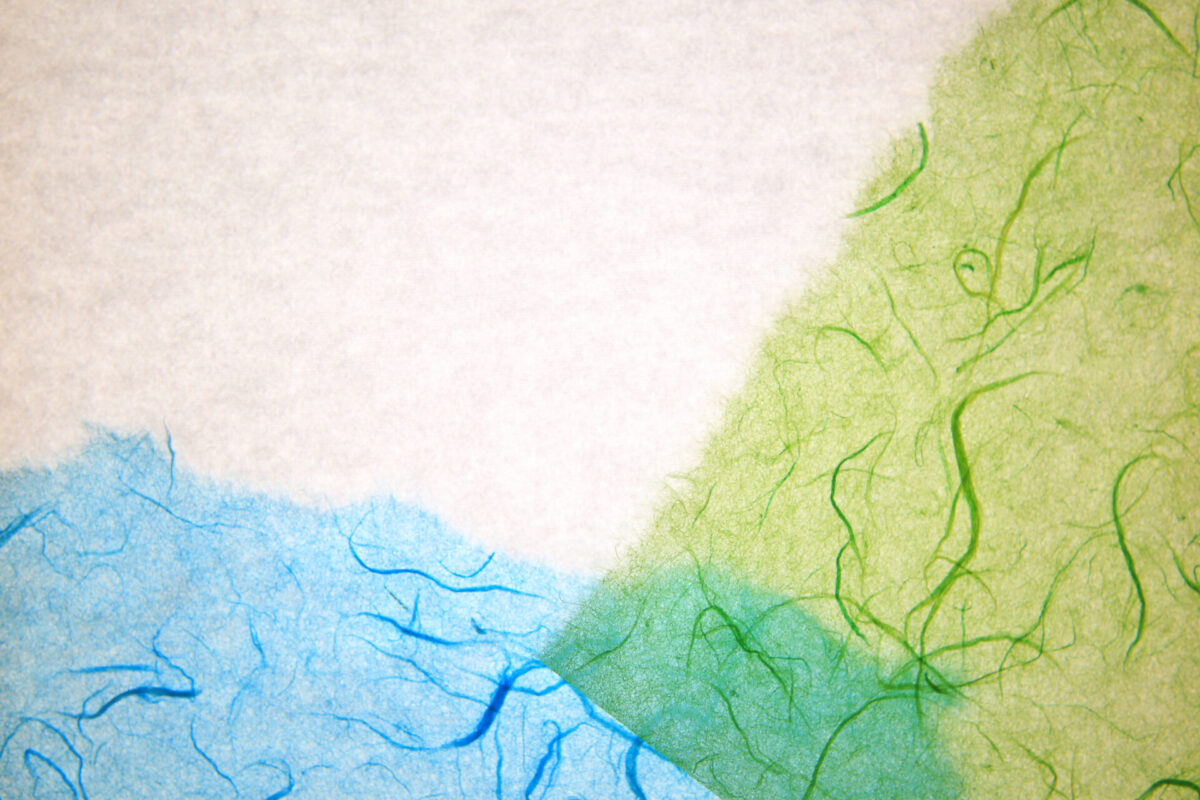
Washi (“Wa”, Japanese, and “shi”, paper) is a traditional handmade paper that is made using natural materials such as tree bark, bamboo, and rice straw. It is known for its thin, lightweight, and durable quality. This versatility has made it a popular choice for artistic and decorative purposes, as well as more practical ones. Unlike machine-made paper, each sheet of Washi is remarkably unique. As with many other art forms and production styles in Japanese culture, the natural element is very important to the overall product or art piece.
If you’re interested in other Japanese products with a history of meticulous production, check out this article about Japanese denim:
History of Washi
The art of making Washi paper has been around for over 1400 years. It was first introduced in Japan by Buddhist monks who brought the technology from China. More specifically, a book written in the year 720 states that the methods of making ink and paper were introduced to Japan by the Korean Buddhist priest, Doncho, in 610. The monks would use the paper to transcribe sacred texts and sutras. The first Washi paper was made from the bark of the mulberry tree, which was abundant in Japan. The Japanese quickly mastered the technique and began to use other materials like bamboo and rice straw to make Washi, which contributes to the reason for there being multiple types of the paper.
Washi played a significant role in Japanese culture during the Edo period (1603-1868). It was used for a variety of purposes, including printing money, bookmaking, and creating everyday items such as fans and lanterns. The demand for Washi paper increased during this period, and it became a significant industry in Japan.
How is Washi Paper Made?
The process of making Washi paper is, in many ways, similar to that of other non-mechanical paper production. However there are many factors to its process that make it a delicate and intricate one that requires skill and patience, some common traits among Japanese production. Here is a relatively basic step by step overview of the process:
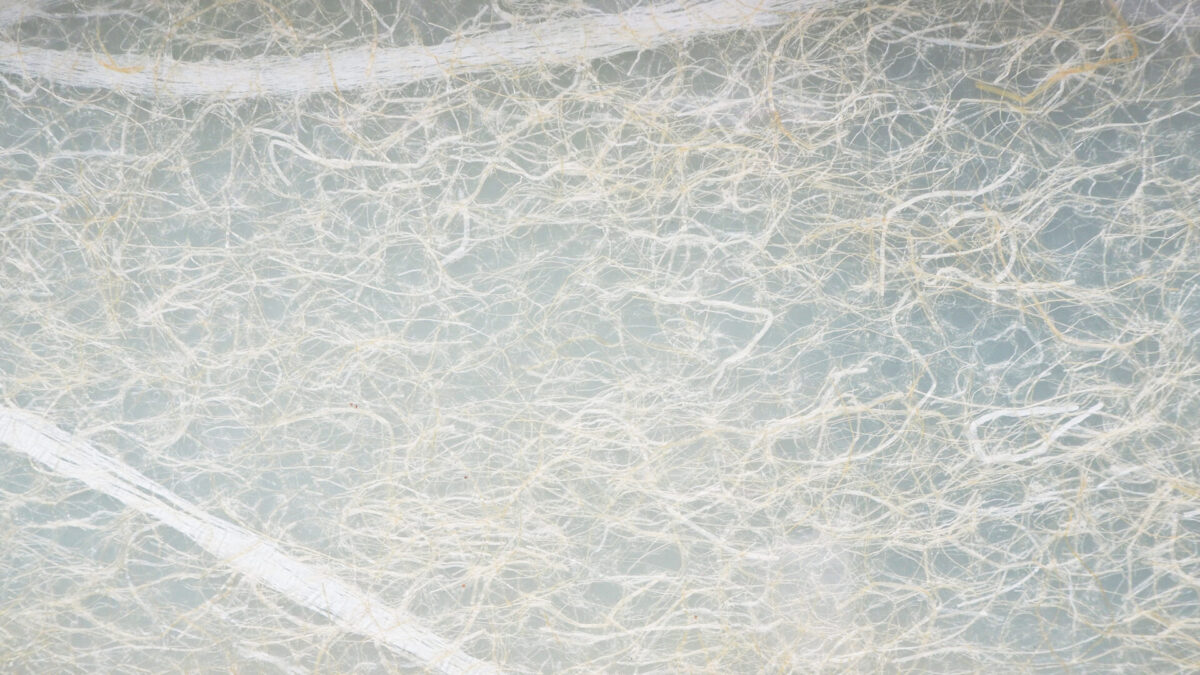
-Preparing the materials: The first step is to prepare the raw materials, which can include tree bark, bamboo, and rice straw. The materials are soaked in water and boiled to soften them. In many forms of Washi you’ll be able to see some of the fibers and elements of the materials.
-Beating the pulp: Once the materials are soft, they are beaten using a large wooden mallet (kind of like mochi) to create a pulp which is then mixed with water to create a slurry.
-Making the paper: The slurry is poured onto a flat surface, and the excess water is drained away using a screen (typically made from bamboo) leaving only the organic solids. The screen is then removed, and the paper is left to dry in the sun.
-Finishing the paper: Once the paper is fully dried, it is polished with a smooth stone to create a glossy finish. Additionally, the compressive power of the stone contributes to the paper’s overall sturdiness and noted durability. Once this polishing step is completed, the paper can be cut into desired sizes and then distributed.
Types of Washi
There are three main types of Washi paper, each with its unique characteristics and uses. The names are derived from the materials used to create the paper. There are also many subcategories that all have their unique attributes, but to start off, here are those three main types:
-Kozo: Made from the bark of the Mulberry tree, it is the most popular type of Washi paper. It is strong, durable, and has a smooth texture, making it perfect for printing.
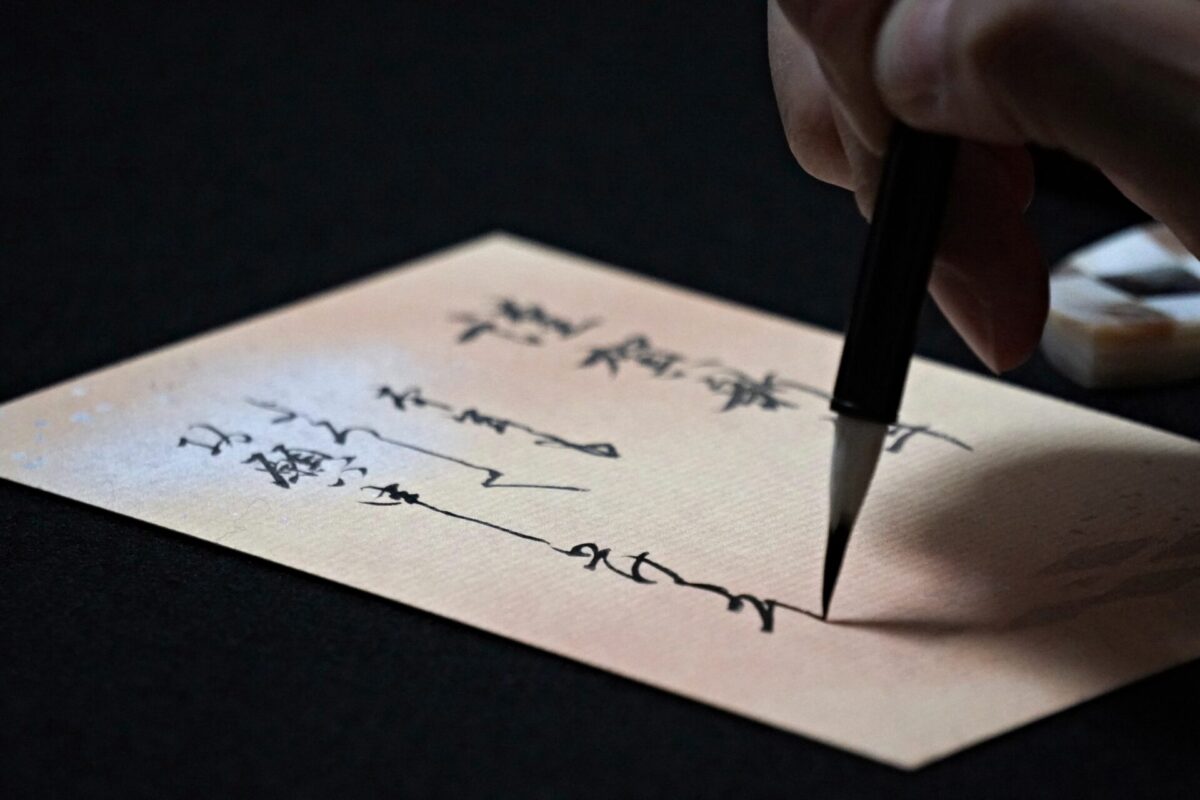
-Gampi: Made from the bark of the Gampi plant, it has a delicate texture and is perfect for calligraphy and painting.
-Mitsumata: Made from the bark of the Mitsumata plant, it has a soft texture and is perfect for creating delicate objects like lanterns and fans.
What is Washi used for?
Washi paper has a wide range of uses, from the creation of art to everyday objects. Here are some of the most popular:
-Art: Washi is a popular choice for artists who specialize in traditional Japanese painting and calligraphy. Its delicate texture and absorbent quality make it perfect for creating detailed paintings and drawings. This absorbent quality lends itself perfectly to the traditional brush style calligraphy of Japan.
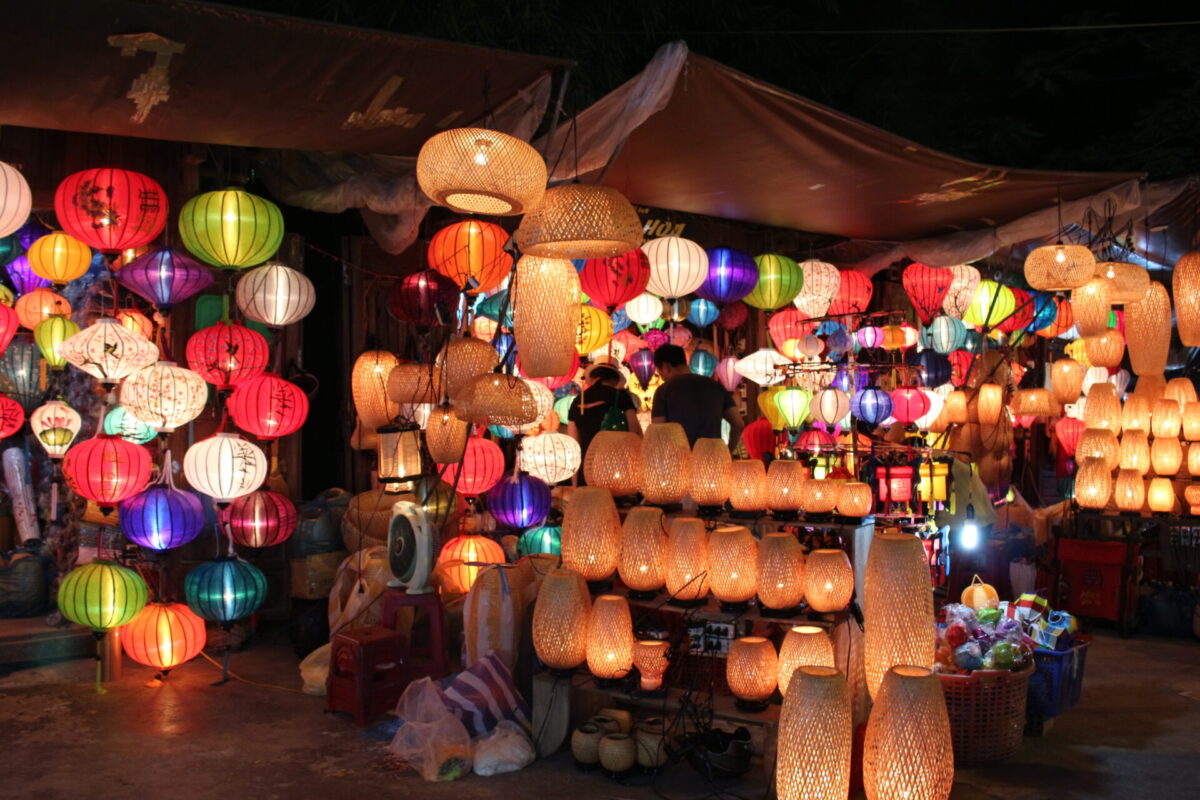
-Decorative objects: It is also often used to create decorative objects like lanterns, fans, and umbrellas. These objects are commonly used in traditional Japanese festivals and celebrations.
-Printing: Washi is perfect for printing because of its thin texture and durability. It is often used to print traditional Japanese designs like woodblock prints and ukiyo-e prints.
-Bookmaking: Washi is an excellent choice for bookmaking because of its strength and durability. It is often used to create hand-bound books and journals.
-Everyday objects: A less “typical” use (as perceived by western cultures, perhaps) for Washi is to create everyday objects like shoji screens, lampshades, and sliding doors. It can even sometimes be used to create napkins, paper towels, and tissue paper, despite its generally artistic uses.
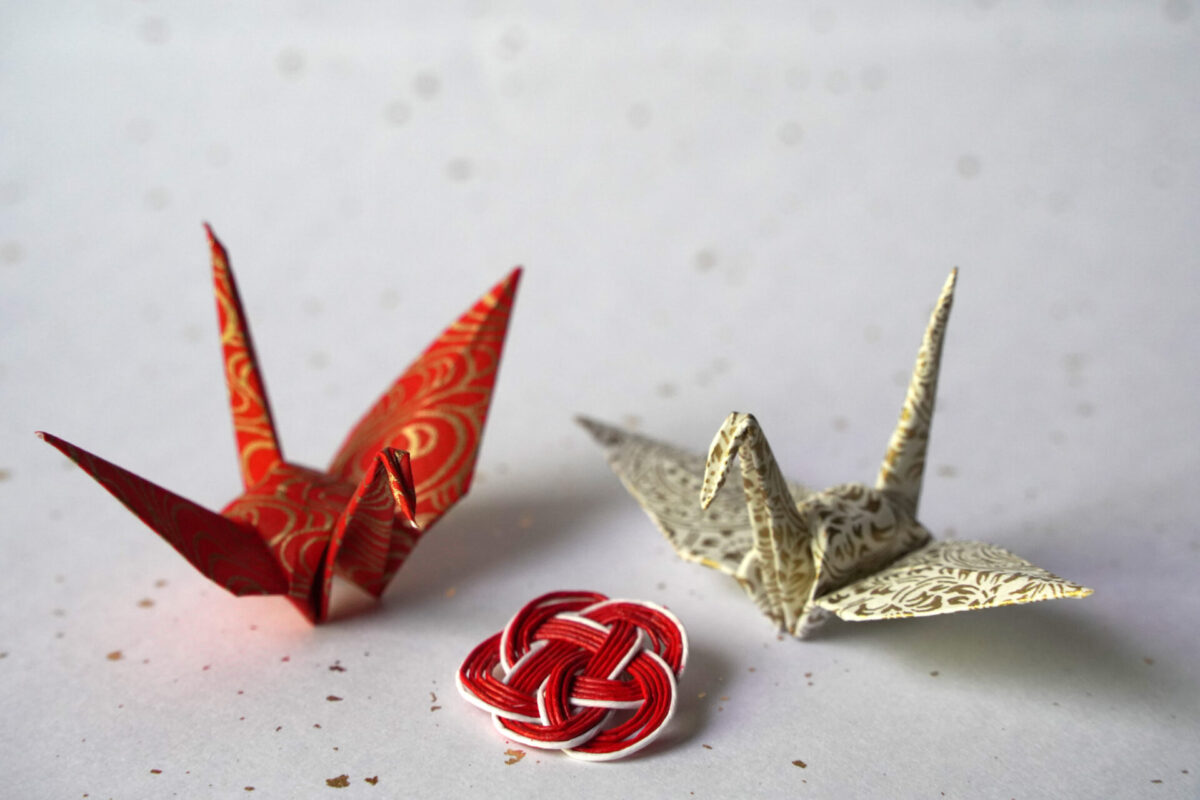
-Other Artistic Crafts: Washi is a popular choice for paper crafts like the well known Origami artform of paper folding. Kirigami is similar to Origami, but the “kiri” part means cutting as opposed to “ori”, which means folding. Washi’s thin texture and durability make it perfect for folding and cutting into intricate designs.
-Restoration: Washi is used in the restoration of ancient artifacts, such as paintings and scrolls. Its durability and ability to withstand aging make it ideal for this purpose.
Japan Wonder Travel Tours
Japan Wonder Travel is a travel agency that offers guided tours throughout Japan.
From private walking tours to delicious Food and Drink tours, we can help you organize the best tours just for you! If you want to explore Japan and learn more about the history and backstories of each area you are visiting, our knowledgeable and friendly English speaking guides will happily take you to the best spots!
In addition, we can provide you with any assistance you may need for your upcoming trip to Japan, so please feel free to contact us if yu have any questions or need some help!
▶Tokyo Tsukiji Fish Market Food and Drink Tour
Explore the most lively and popular fish market in Tokyo and try some of the local’s favorite street foods and sake with one of our friendly and knowledgeable English speaking guides!

▶Tokyo 1–Day Highlights Private Walking Tour (8 Hours)
There’s no better way to explore an area than taking a tour with a knowledgeable local guide. You will have the chance to learn about the history and interesting background stories of Tokyo, as well as discover some hidden gems which can be hard to do without a guide.

▶Mt. Fuji Day Trip Bus Tour from Tokyo
Experience the breathtaking views of Mt. Fuji by visiting the highlights of the area on our guided sightseeing bus tour! Departing from Shinjuku in central Tokyo, you can travel comfortably to all of the best spots in the area by bus.

Follow us on Instagram, Facebook, Twitter, and TikTok for more travel inspiration. Or tag us to get featured!
Happy traveling!
Stay informed of the best travel tips to Japan, the most exciting things to do and see, and the top experiences to have with the Japan Wonder Travel Newsletter. Every week we will introduce you to our latest content.
